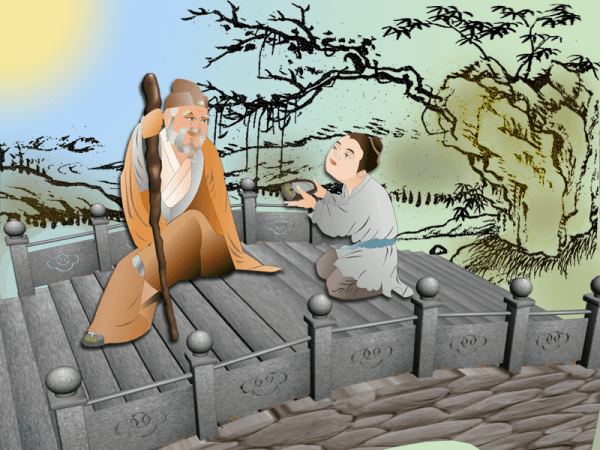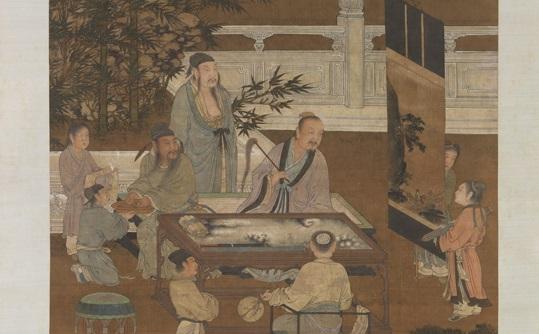The Three Character Classic, or San Zi Jing, is the best known classic Chinese text for children. Written by Wang Yinlian (1223–1296) during the Song Dynasty, it has been memorized by generations of Chinese, both young and old. Until the 1800s, the Three Character Classic was the very first text that every child would study.
The text’s rhythmic, short, and simple three-character verses allowed for easy reading and memorization. This enabled children to learn common characters, grammar structures, lessons from Chinese history, and above all how to conduct oneself.




